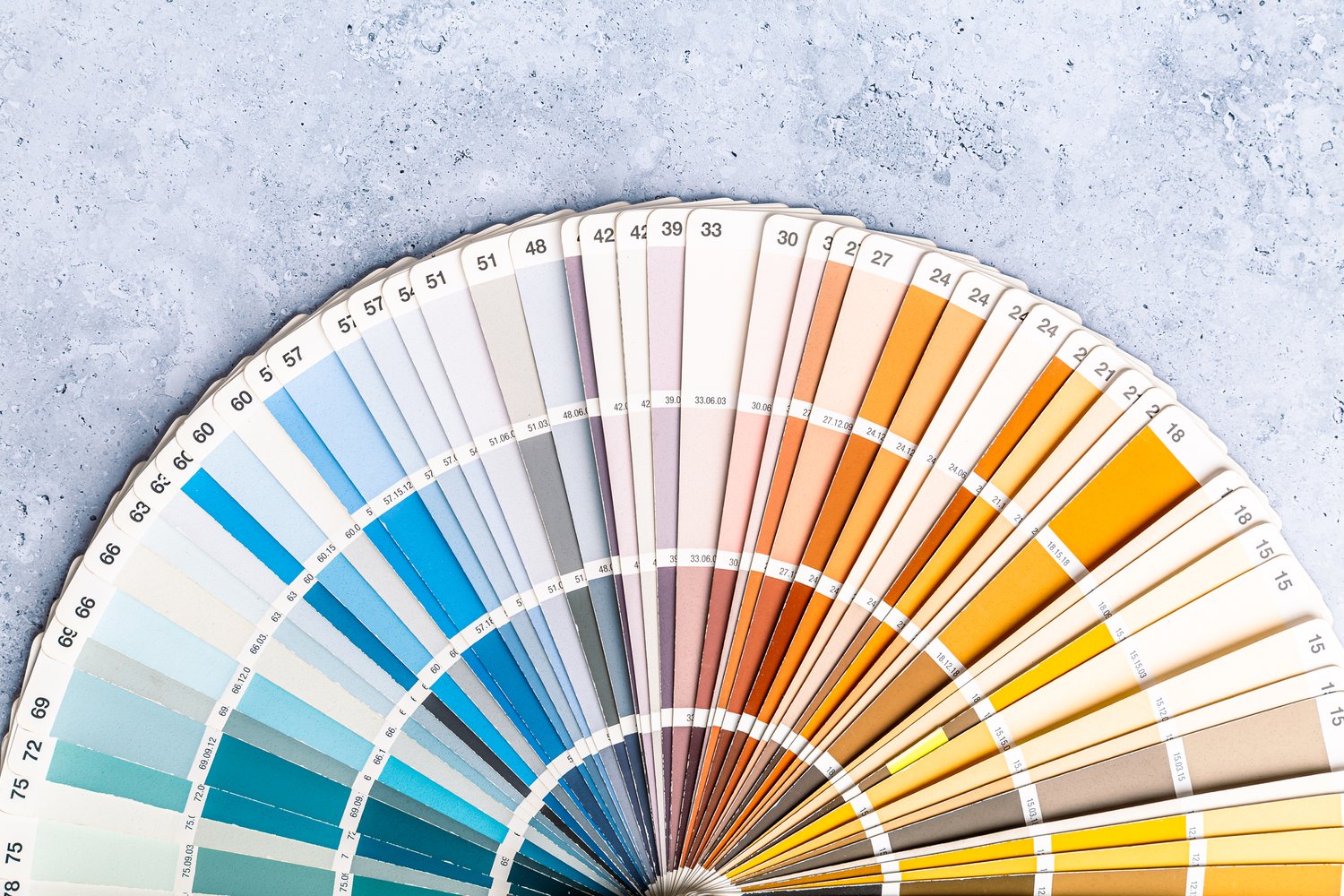Creating a harmonious flow of colour throughout your home can transform disconnected rooms into a thoughtfully designed living space. A cohesive colour palette doesn’t mean painting every wall the same shade—rather, it’s about selecting complementary hues that create visual continuity as you move from room to room. This article explores practical approaches to developing a home colour scheme that feels intentional and unified, while still allowing each space to maintain its unique character and purpose.
Understanding Colour Theory Basics
Before diving into paint swatches and fabric samples, it’s helpful to understand some fundamental principles of colour theory. Colours that sit adjacent to each other on the colour wheel (analogous colours) typically create a serene, harmonious effect. Complementary colours, which sit opposite each other, create energetic contrast when used together. Neutral tones like whites, greys, and beiges serve as excellent foundational colours in a cohesive colour palette, allowing accent colours to shine without overwhelming the space. Many homeowners find that starting with these neutral bases and building layers of colour creates the most versatile and timeless home colour scheme.
The 60-30-10 rule provides another helpful framework: use your primary colour for about 60% of a room (typically walls and large furniture pieces), a secondary colour for roughly 30% (accent furniture, curtains), and an accent colour for the remaining 10% (accessories, artwork). This balanced approach ensures visual interest without colour chaos, contributing significantly to harmonious interior colours throughout your home.
Mapping Your Home’s Colour Flow
Consider your home as a complete entity rather than a collection of separate rooms. The choosing paint flow should feel natural as you move from one space to another. Start by identifying which rooms are visible from one another—these connected spaces should share some colour elements to create visual continuity. For open-concept homes, this becomes even more crucial, as multiple “rooms” exist within one visual field.
Create a floor plan and note which colours will be used in each space. This mapping exercise helps visualize how colours will interact across your home. Transitional spaces like hallways and stairwells offer perfect opportunities to blend colours from adjoining rooms, creating a smooth transition between distinct areas. Many interior designers recommend selecting three to five main colours for your entire home and varying their intensity and application throughout different spaces.
Creating a Cohesive Foundation
The most straightforward way to establish a cohesive colour palette is to select one neutral shade as your home’s foundation. This colour might appear on all your trim work, ceilings, or even as a wall colour in certain rooms. Using consistent flooring materials throughout main living areas also contributes significantly to a unified look. If different flooring is necessary, choose options in similar tones to maintain visual flow.
Fixed elements like cabinetry, countertops, and large furniture pieces should be considered when developing your home colour scheme. These substantial investments typically remain in place for years, so select colours that offer flexibility and longevity. Many homeowners find that consulting with an expert from AskHomey can provide valuable guidance when making these foundational colour decisions that will influence your home’s aesthetic for years to come.
Varying Intensity While Maintaining Harmony
A truly sophisticated approach to harmonious interior colours involves using varying intensities of your chosen palette throughout the home. For instance, a deep navy blue might serve as an accent wall in your living room, while a lighter shade of the same blue appears in kitchen accessories or bedroom textiles. This technique creates both continuity and visual interest across different spaces.
Consider the natural light in each room when selecting colour intensities. North-facing rooms receive cooler light and may benefit from warmer versions of your chosen colours, while south-facing rooms flooded with warm sunlight might balance better with cooler tones. This thoughtful adaptation of your core palette ensures each room feels appropriately bright and welcoming while still maintaining connection to your overall scheme.
Using Connecting Elements to Enhance Cohesion
Beyond wall paint, numerous design elements can strengthen your cohesive colour palette. Textiles offer excellent opportunities to connect spaces—consider using the same accent colour in throw pillows throughout different rooms or selecting rugs with complementary patterns. Artwork can serve as colour bridges between rooms, picking up hues from one space and introducing them to another.
Hardware finishes throughout your home should follow a consistent theme as well. While mixing metals has become acceptable in contemporary design, limiting your selections to two or three finish families creates a more cohesive look. This principle applies to doorknobs, light fixtures, cabinet hardware, and plumbing fixtures—all contributing to your home’s overall colour story and visual flow.
Evolving Your Palette Over Time
A well-designed colour scheme should have enough flexibility to evolve with changing trends and personal preferences. Seasonal updates through accessories allow you to introduce fresh colours without disrupting your core palette. When making larger changes, consider how new elements will interact with your existing scheme—this thoughtful approach ensures your home maintains its cohesive feel even as it evolves.
Document your chosen colours (including paint names and codes) for future reference, making touch-ups and coordinated additions simpler over time. This colour archive becomes an invaluable resource when selecting new furniture, artwork, or accessories that complement your established home colour scheme.
For more tips and to connect with reliable home service professionals, follow AskHomey on Facebook and Instagram.



